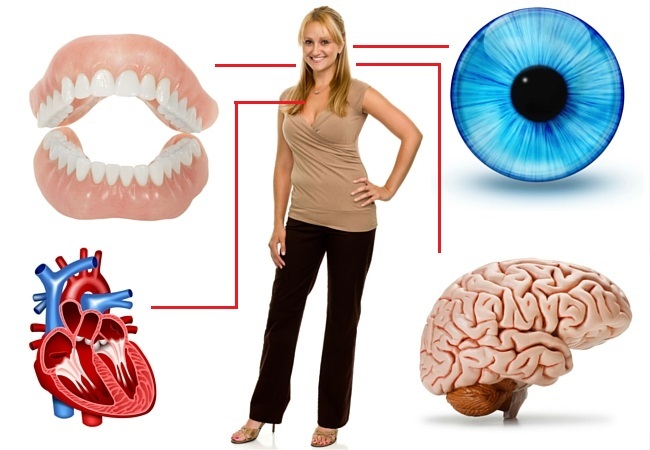
SCIENTISTS have been given the go-ahead to carry out the first womb transplants in the UK.
If successful, it’s a procedure that could give hope to the one in 7,000 women who are born without a womb and are unable to have children.
It’s the sort of breakthrough that would have seemed like science fiction a few generations ago.
Yet the pace ofscientific research means such advances are now happening all the time.
Here are ninemore medical developments that could transform our lives in future. Hair
Research by American scientists could lead the way to a cure for baldness but it might hurt a little.
They discovered that when all the hairs are removed from a small patch of scalp up to six times as many grow back. Their theory is that, if enough hairs are removed, extra hair grows to compensate. Probably best not to try this at home!BrainIN July, it was revealed that researchers may have found a way to slow down or prevent the memory problems that crop up in old age and cause devastating difficulties for those with dementia.
They had identified a protein which appears to slow the growth of new neurons in the brain. If they’re able to work out which substances in blood affect the ageing process, they could be able to slow it down. TeethLast year, scientists at King’s College in London reported that dentists could soon be giving your teeth a mild ‘time warp’ to encourage them to self-repair, thanks to a new device which electrically reverses the process to help teeth ‘remineralise’.EyesSurgeons in Manchester recently performed the first bionic eye implant on a patient with age-releated macular degeneration.
It converts video images from a miniature camera on his glasses. Elsewhere, surgeons have used stem cells from human embryos to treat the same condition, the leading cause of adult blindness in the UK. HeartResearcherS at the British Heart Foundation have found that stem cells could be used to help repair muscle damage caused by heart attacks.
The technique has worked on mice and they are now hoping to find the right cells to use on humans.HipsTrials are under way on a pioneering stem cell treatment which, they hope, could avoid thousands of hip replacements.
Rather than suffering years of pain before being considered for a hip replacement, one injection could help patients ‘regrow’ damaged bone.
A specialist has said the procedure could be ‘life-changing’ for patients with the bone disease avascular necrosis.Legs
Putting a human inside an ‘exoskeleton’ that makes them stronger is something that has featured in many a science fiction movie, but it’s already a reality. For the last two years, Shane Mosko, a 22-year-old paraplegic from Connecticut, has been using a working exoskeleton to get up and walk. HandsA 28-YEAR-OLD American man, paralysed for more than 10 years after a spinal injury, has been fitted with a robotic hand that’s wired directly into his brain and allows him to ‘feel’. When blindfolded, he can tell which finger on his new hand is being touched. EarsScientists have been testing a pill designed to combat both hearing loss and tinnitus.
The drug treatment for the two conditions, developed in the UK, acts on brain cells involved in the processing of sound.

Enjoy the convenience of having The Sunday Post delivered as a digital ePaper straight to your smartphone, tablet or computer.
Subscribe for only £5.49 a month and enjoy all the benefits of the printed paper as a digital replica.
Subscribe